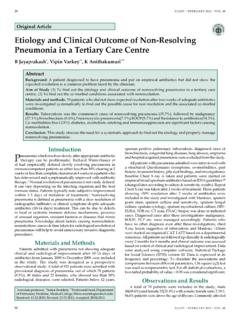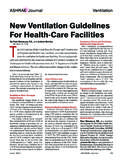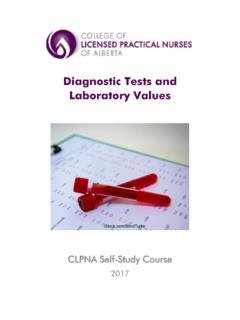Transcription of Levels of Surgical Complexitiy*
1 Levels of Surgical Complexity* Level 1 Minimal risk to the patient independent of anesthesia Minimally invasive procedures with little or no blood loss Often done in an office setting with the operating room principally for anesthesia and monitoring Includes: Breast biopsy, removal of minor skin or subcutaneous lesions, myringtomy tubes, hysteroscopy, cystoscopy, fiberoptic bronchoscopy Level 2 Minimal to moderately invasive procedure Blood loss less than 500 cc Mild risk to patient independent of anesthesia Includes: Diagnostic laparoscopy, dilatation, and curettage, fallopian tubal ligation, arthroscopy, inguinal hernia repair, laparoscopic lysis of adhesions, tonsillectomy/adenoidectomy, umbilical hernia repair, septoplasty/rhinoplasty, percutaneous lung biopsy, expensive superficial procedures Level 3 Moderate to significantly invasive procedure Blood loss potential 500-1,500 cc Moderate risk to patient independent of anesthesia Includes: hysterectomy, myomectomy, cholecstectomy, laminectomy, hip/knee replacement, major laparscopic procedures, resection/reconstructive surgery of the digestive tract Excludes: Open thoracic or intracranial procedure Level 4 Highly invasive procedure Blood loss greater than 1,500 cc Major risk to patient independent of anesthesia Includes.
2 Major orthopedic-spinal reconstruction, major reconstruction of the gastrointestinal tract, major vascular repair without postoperative ICU stay Level 5 Highly invasive procedure Blood loss greater than 1,500 cc Critical risk to patient independent of anesthesia Usual postoperative ICU stay with invasive monitoring Includes: Cardiothoracic procedure, intracranial procedure, major procedure on the oropharynx, major vascular skeletal, neurologic repair * Adapted form L. R. Pasternak: Screening Patients- Strategies and Studies. In Ambulatory Anesthesiology- A problem-oriented approach. Ed. By Kathryn McGoldrick. Williams and Wilkins 1995.







